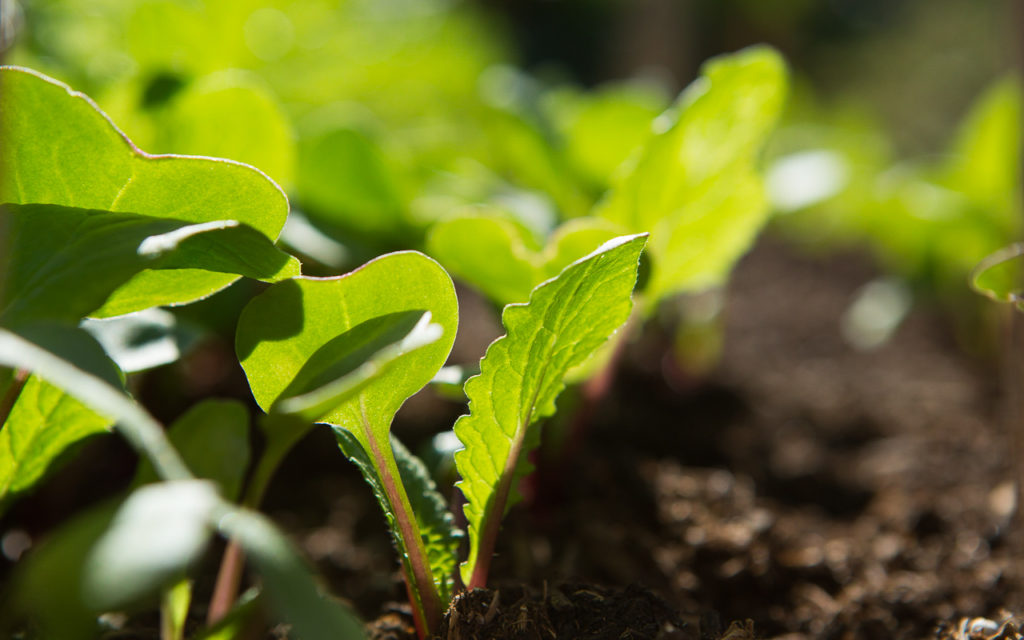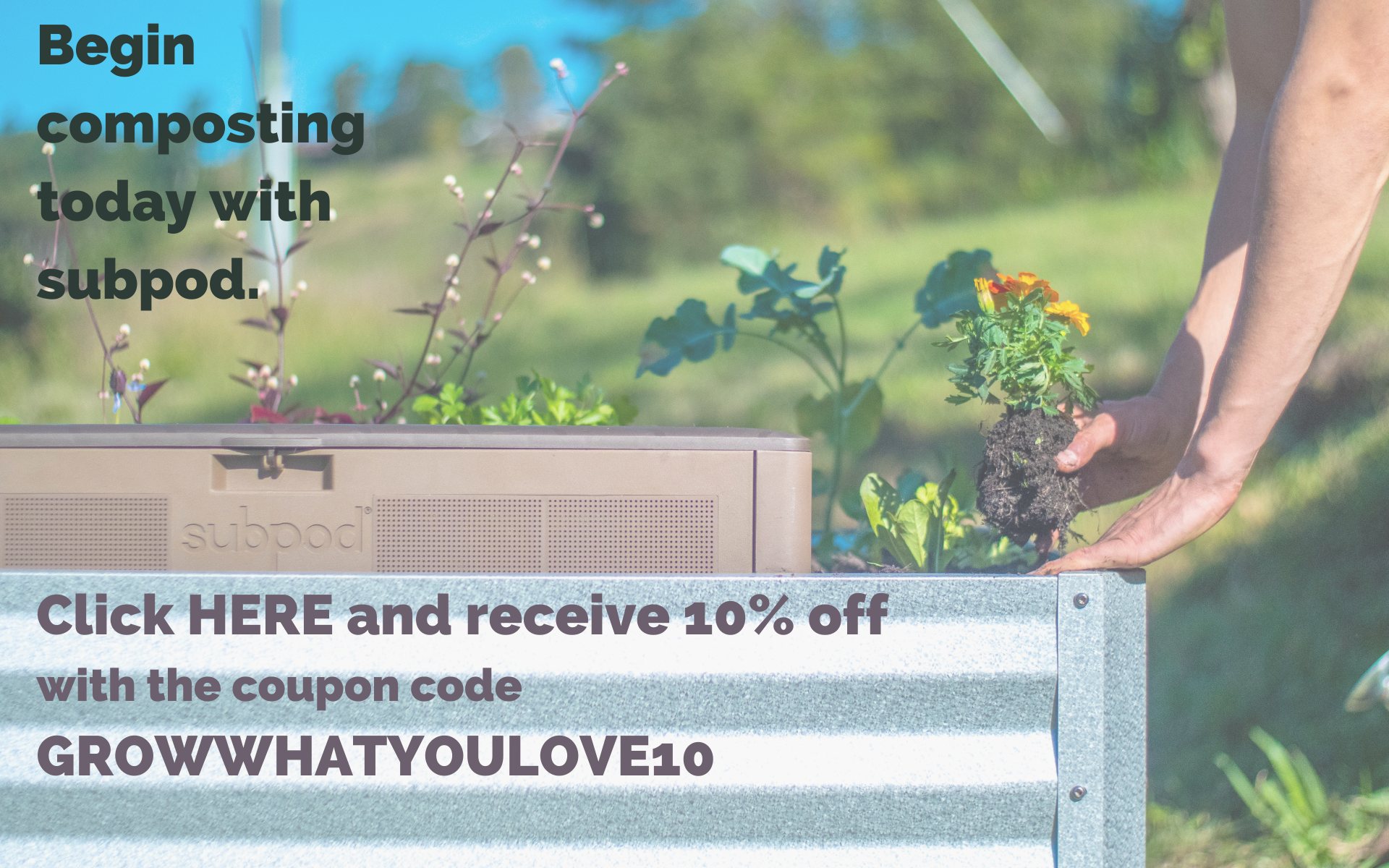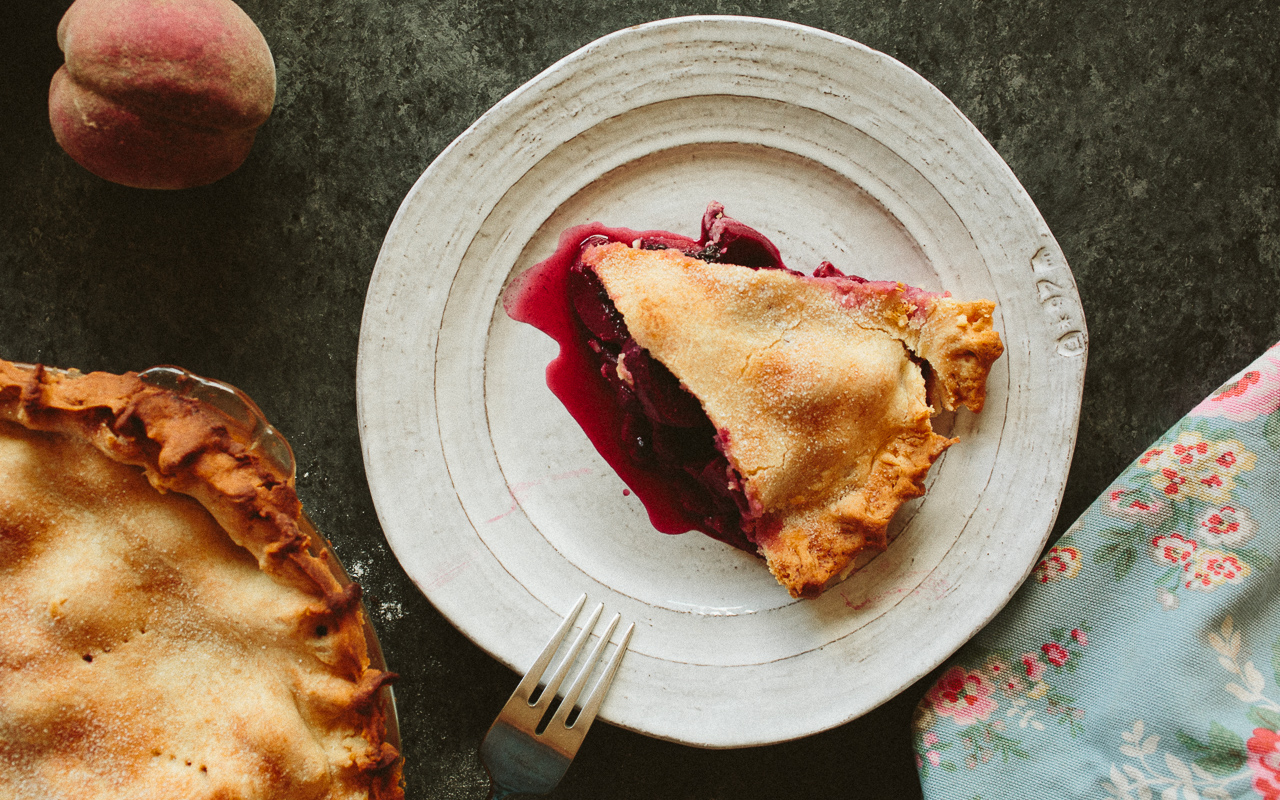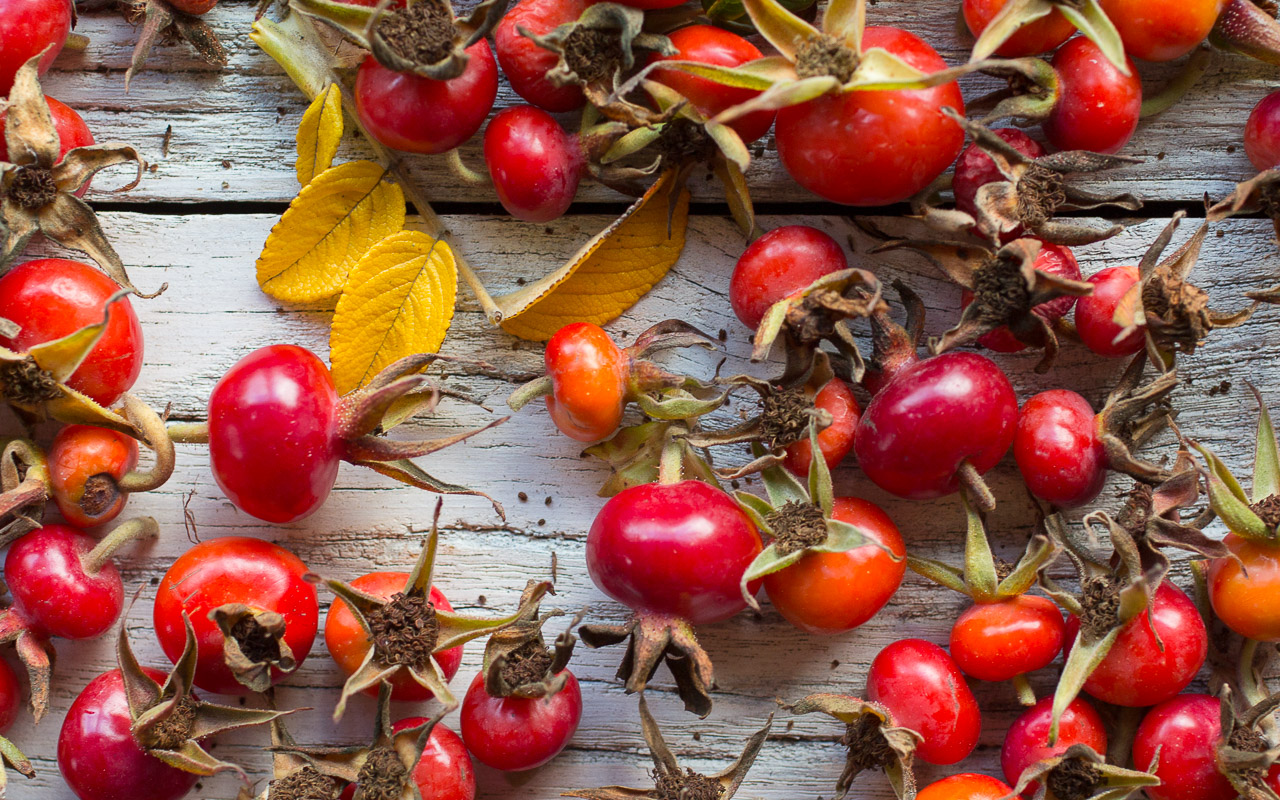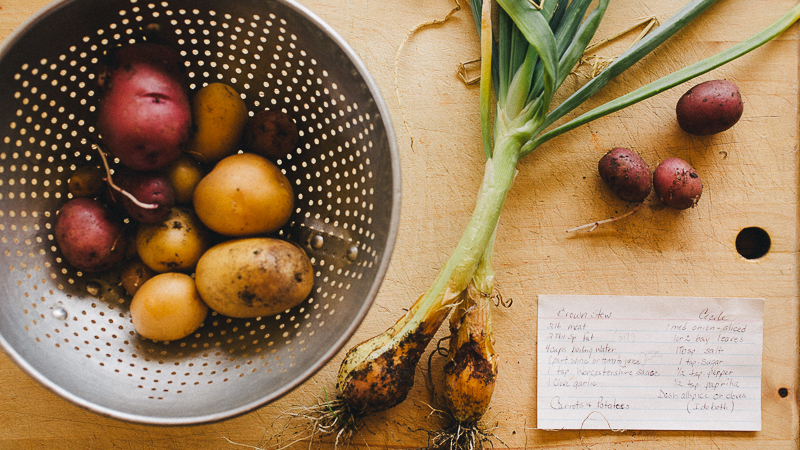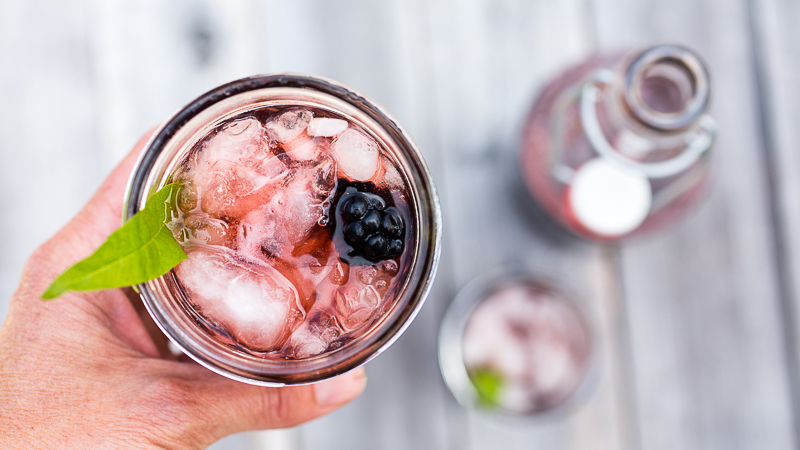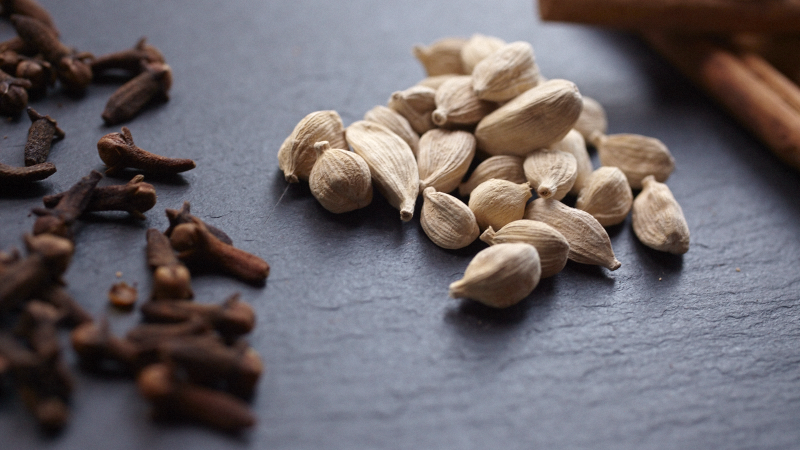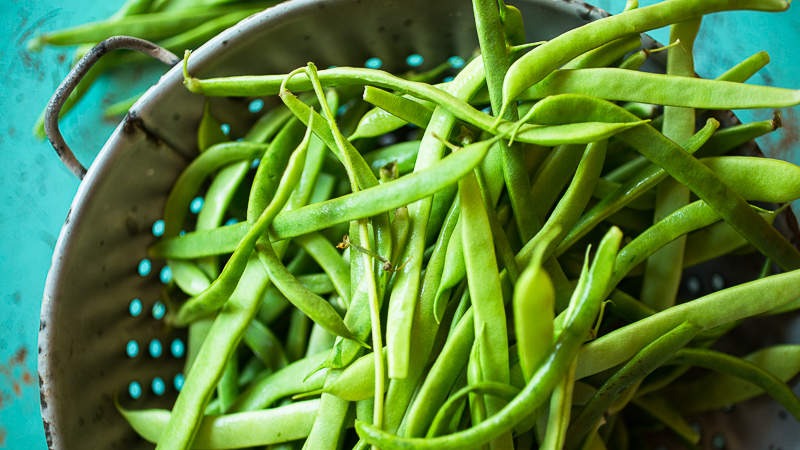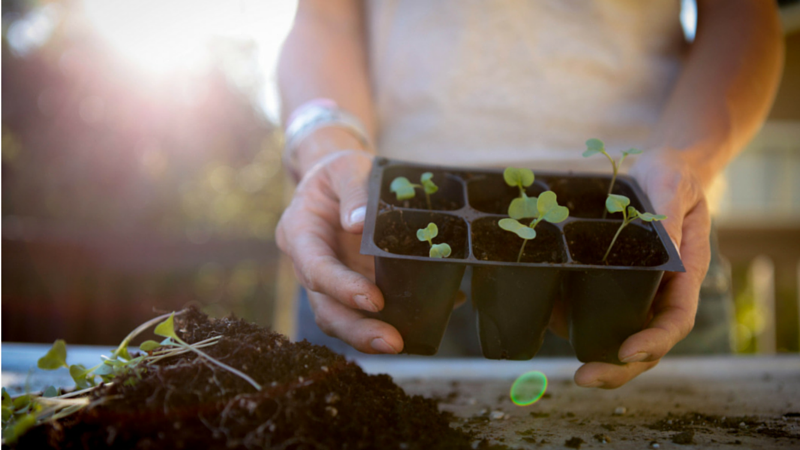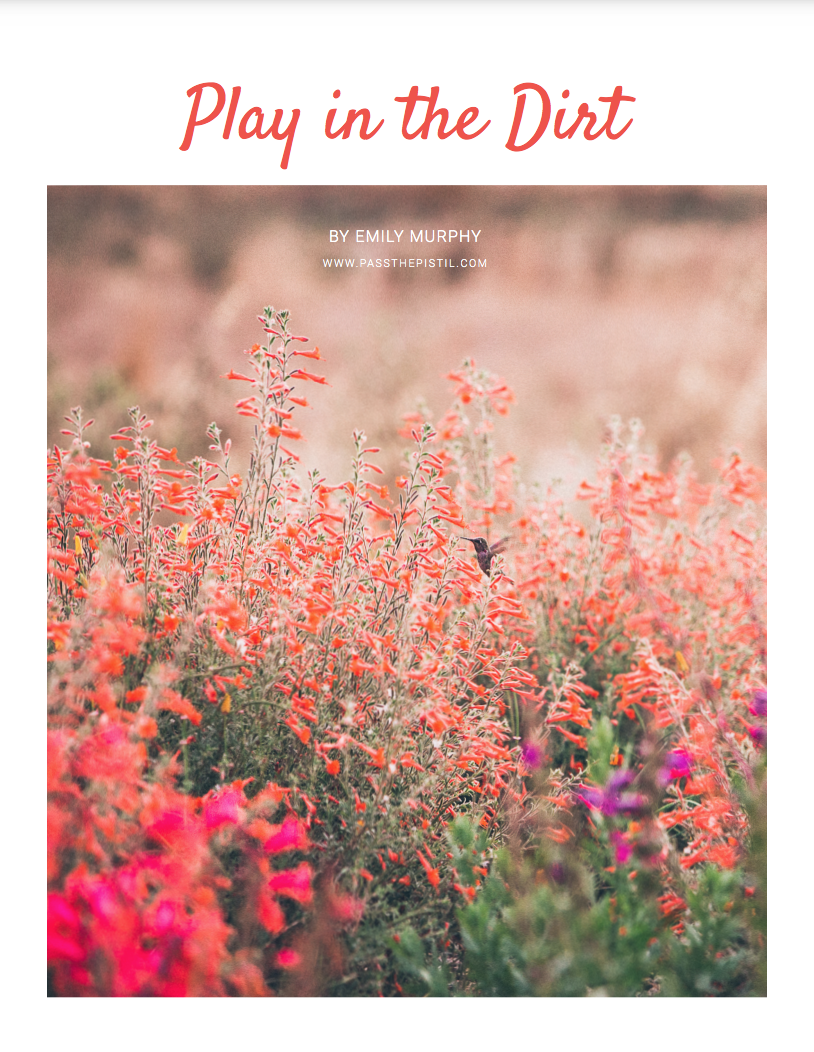Cooking with Edible Flowers: Garden Fresh Summer Rolls & More
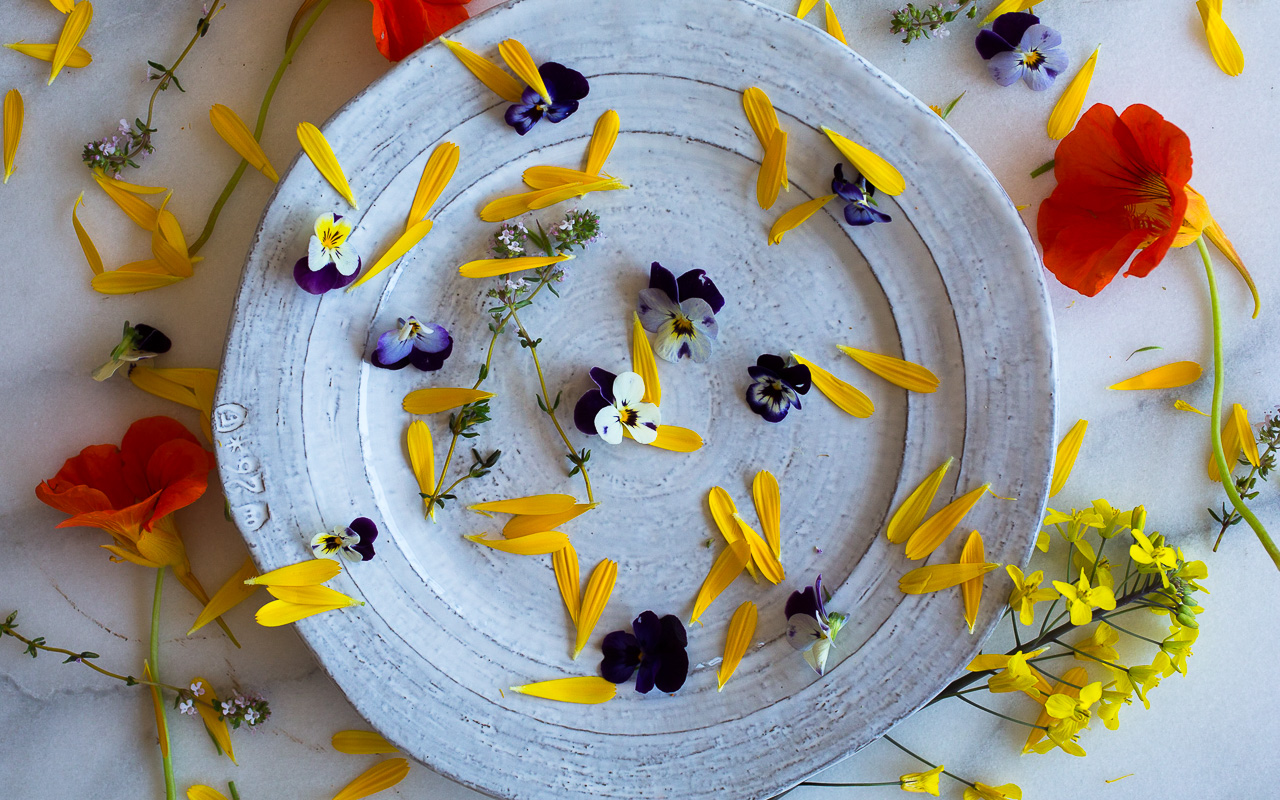
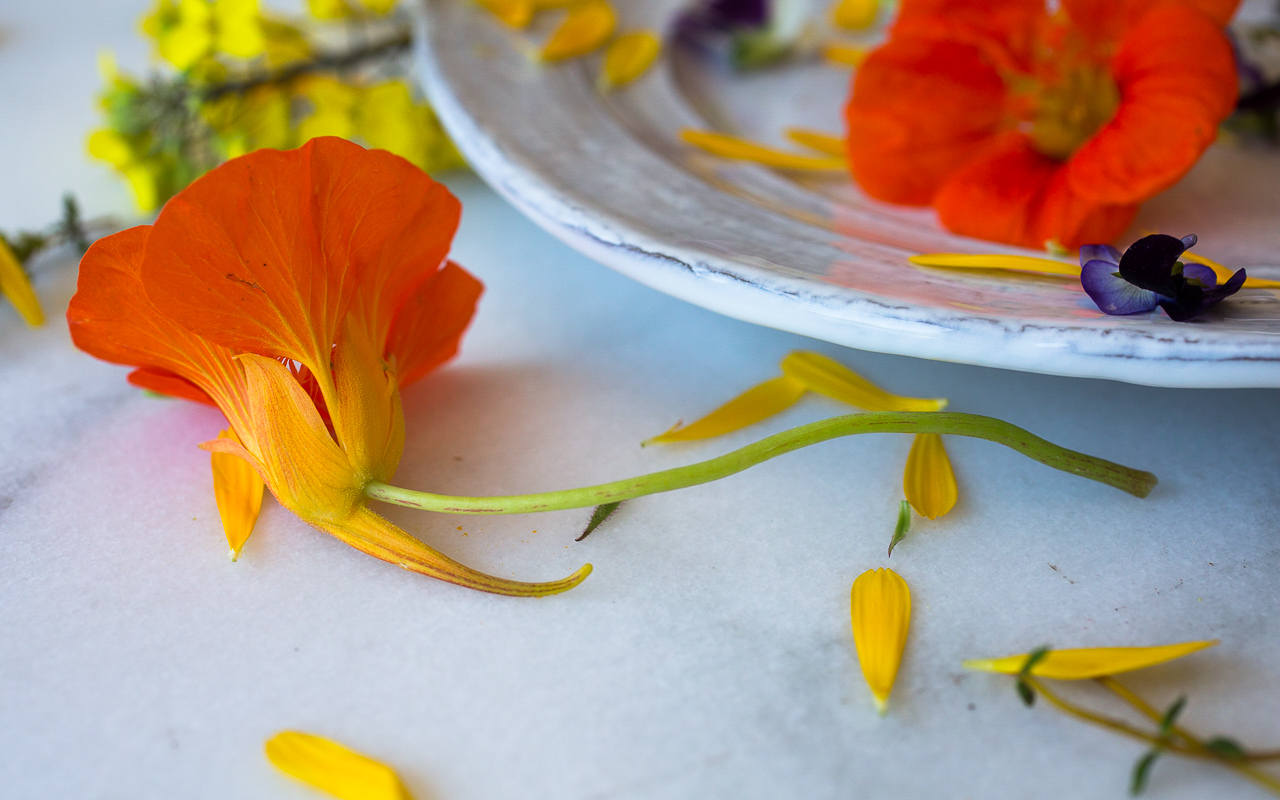
Looking for simple, easy ways to cook with edible flowers?
I have a few, all-time favorite recipes and tops on the list are summer rolls. Though I also love candied blooms for sweets, tossing petals with salads, and squash blossom anything. Oh, and rose petal jam, elder flower cordial… the list goes on. So many wonderful ways to use edible flowers in the kitchen!
But right now, it’s summer rolls because my violas are coming into bloom, the mint, carrots, and lettuces are thriving, and it’s just warm enough to plant out basil — which means I have the core ingredients for garden fresh summer rolls.
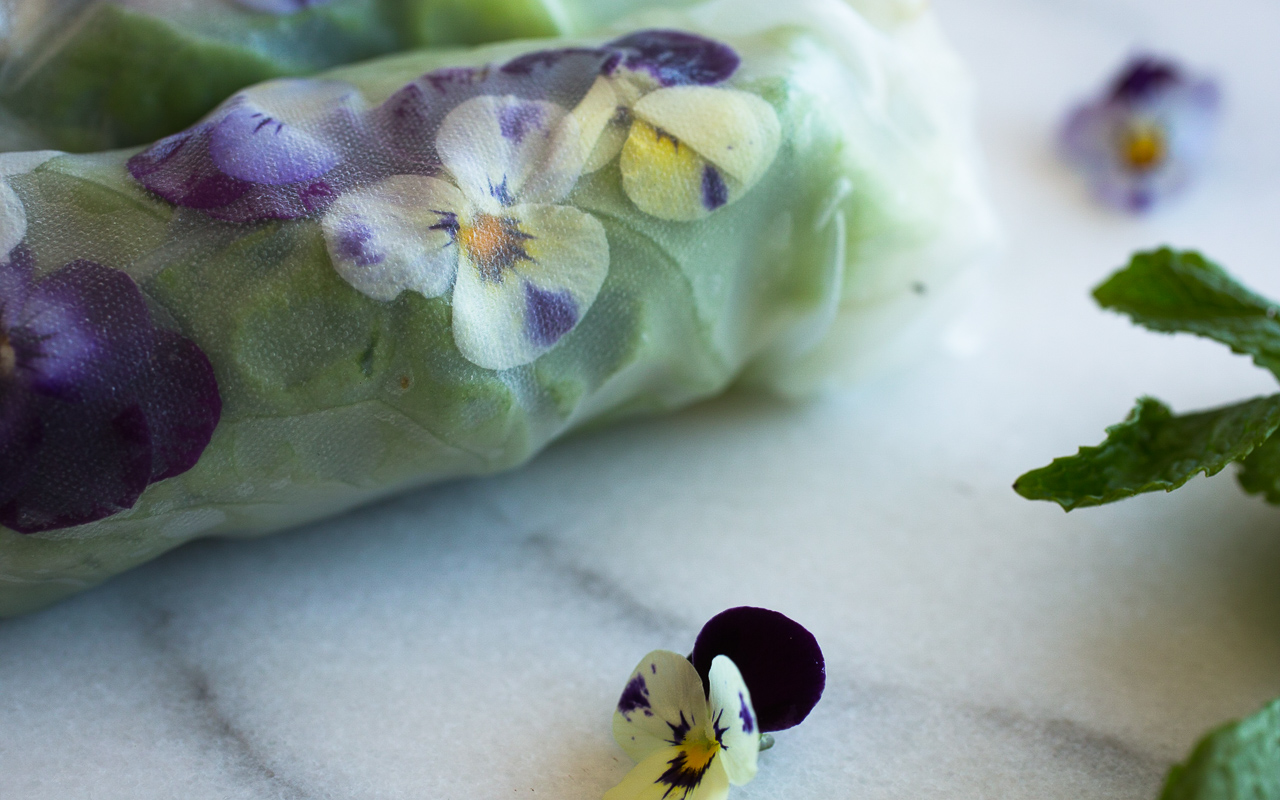
MAKE YOUR OWN SUMMER ROLLS
I find it’s best to first see what’s growing in the garden. It’s easy to mix-and-match ingredients in summer rolls because there are really no hard and fast rules for making them other than filling them with flavor. That said, lettuce and herbs like mint and basil are foundational ingredients.
Once you’ve gathered your ingredients prep your work surface, wash and chop your vegetables, choose a protein (or not), and fill a bowl or pie pan with luke warm water for softening your rice paper. Plan an assembly line of sorts so you can make several rolls in one go. I find they keep well for at least 2 days and they make for a fabulous quick snack, lunch, or before dinner appetizer.
The Trick With Rice Paper
To qualify, I’m one of those people with sticky fingers. If ever anyone could muck up a roll of tape, it’s me. So, if I can work with rice paper so can you, just be prepared for less than perfect looking summer rolls — at least in the beginning.
My trick for working with rice paper is to fill a bowl with warm water. (If it’s too hot, I’ve found it softens the rice paper too quickly, making the paper prone to tearing and breaking.) Place your paper in your bowl of water and gently work it with your fingers for about 15 seconds, so it’s evenly wet and until it’s beginning to feel pliable but isn’t overly soft. Most rice paper comes with a textured surface, I generally take the paper out of the water as soon as it’s pliable and I can still feel this texture. It’s also important to note that the paper will continue absorbing water, becoming more pliable, even after it’s been placed on the work surface.
Next, it helps to remove excess water. If your paper is overly wet, it doesn’t stick to itself, so gently shake the paper dry over your bowl and then place the paper onto a clean dish towel or paper towel for a few seconds before moving it to your work surface, or simply move it to your work surface (I do both so experiment and see what’s best for you.)
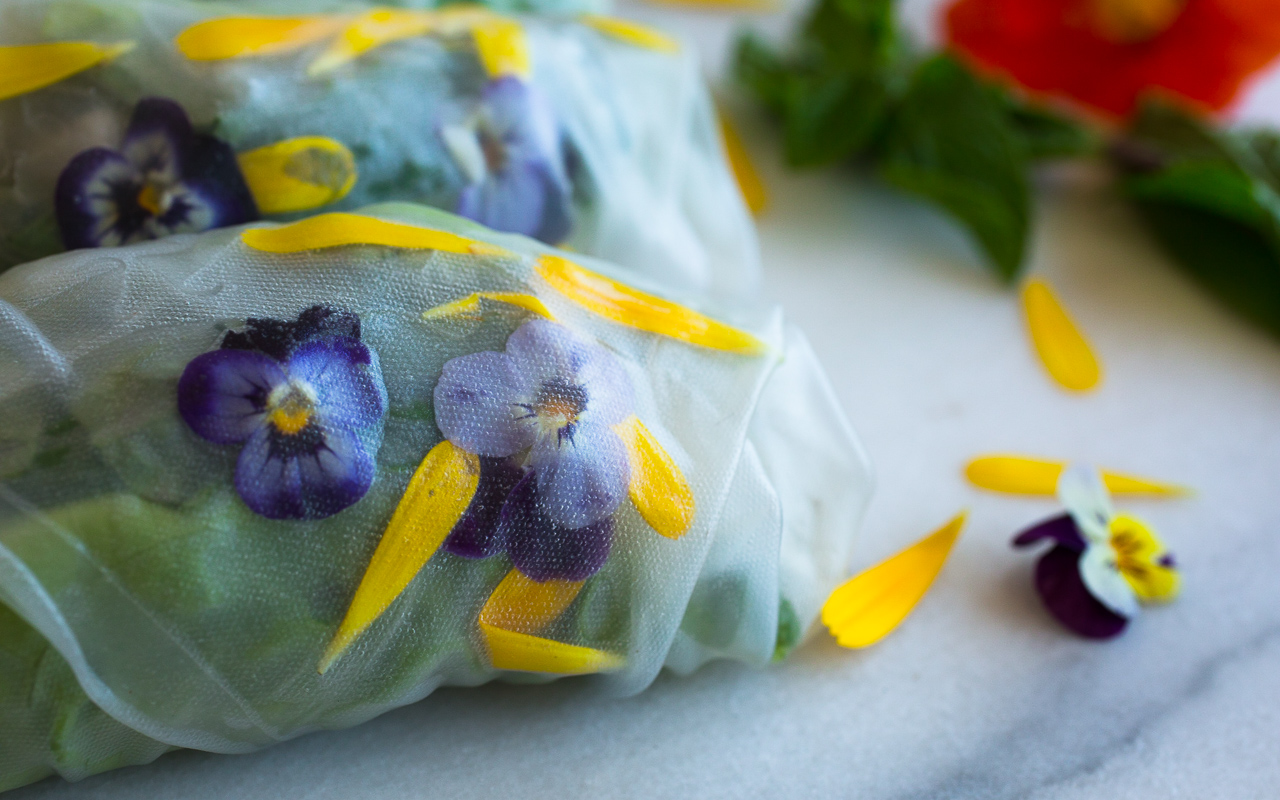
What You Need
- Rice paper
- Lettuce leaves
- Vegetables like carrots and radishes julienned
- Herbs like mint, basil, and cilantro
- Edible Flowers such as violas, calendula petals, borage, or nasturtiums
- Bean sprouts like mung beans
- Protein of choice like tofu *optional
Other possible Ingredients
Arugula, mizuna, tat soi, pea shoots, chives, rice noodles, and anything fresh from the garden that sounds good.
What You Do
- Soften rice paper and remove excess water *see above
- Smooth rice paper out over clean work surface
- Using a lettuce leaf like a wrap, place herbs, vegetables, and protein in the leaf (less is more as far as quantity but a range of flavors is best)
- Place the lettuce leaf with ingredients on the rice paper so it’s left justified
- Place flowers and a few mint leaves/other to the right of lettuce wrap on the rice paper (this is for presentation)
- Begin rolling the rice paper from the left and over the lettuce wrap
- Once it’s feeling secure, fold in the ends like a burrito, and then finish rolling so it forms a neat roll.
- Cut in half before serving
- Serve immediately with peanut sauce, tahini, or another sauce of choice.
- To store, seal wraps in a storage container with as little air space as possible. Avoid using foil as it sticks to the rice paper.
Other ideas for cooking with flowers include candying them with sugar, like in the image below. You can find this recipe in the Grow What You Love book.
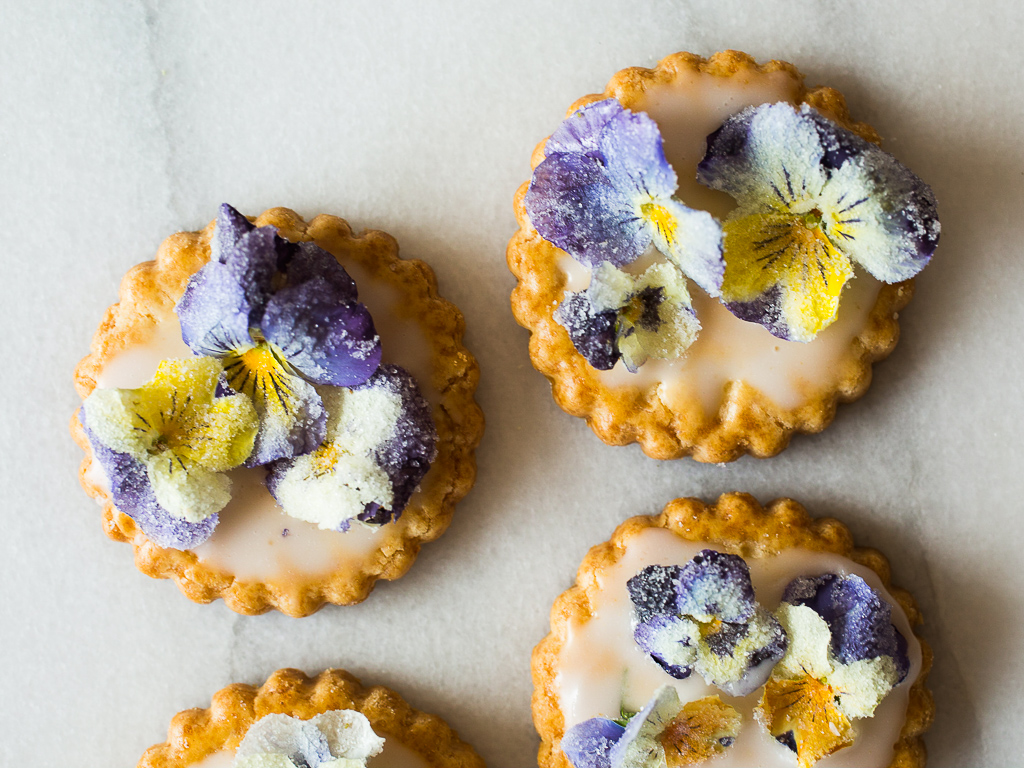
Spring and early summer is the time for making elder flower cordial. Here is a fabulous recipe that is both refreshing and a taste of nature and blooms and everything wonderful.
Summer Forage: How to Make Elder Flower Cordial
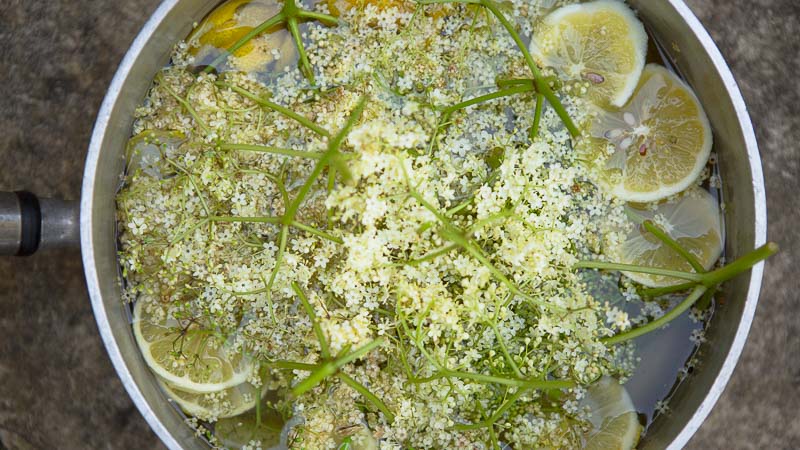
It’s the highly fragrant and savory blooms that make fabulous flavored vinegars. This one (below) is made with chive blossoms, but you could make it just the same with oregano, thyme, or even nasturtium blooms.
Preserving Herbs: Make Your Own Herb Infused Vinegar
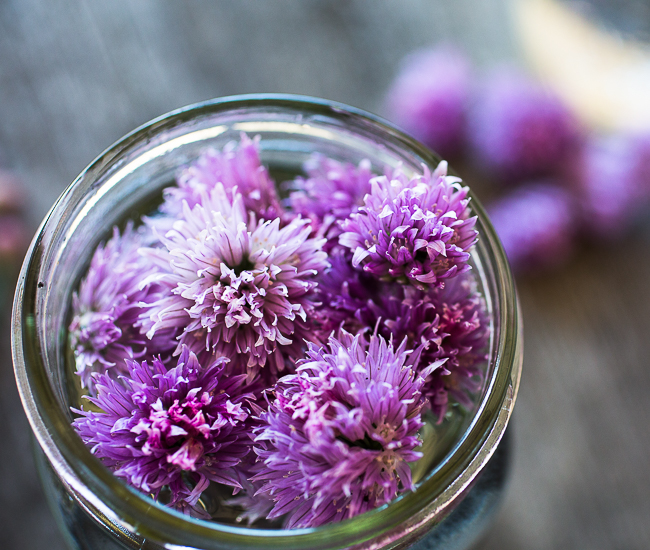
Tips for Cooking with Edible Flowers
- Be sure you know what you’re working with. It’s important to correctly identify flowers because not all are edible and some that are edible simply taste terrible.
- If you’re new to eating flowers, begin with small portions. Some people have reactions to flowers like chamomile. So take care if you’re prone to pollen related allergies or other allergies.
- Grow your own edible flowers or source them so you’re sure they’re organic and chemical free.
- Flowers can be carefully washed by dipping them into a cool bowl of water and then left to dry on a cloth or paper towel. Though I rarely wash them when I grow them myself.
- I find flowers don’t hold up well with storage, so plan to use them shortly after harvest.

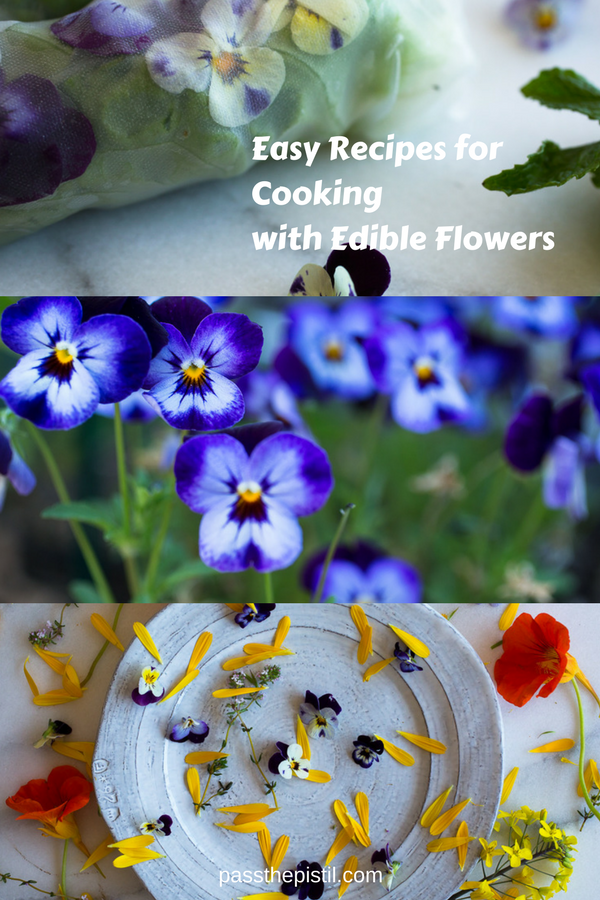
Listen
Buy The Book
Special offers
Newsletter Signup

Archives
Disclosure
Pass The Pistil is a participant in the Amazon Services LLC Associates Program and other affiliate programs such as Etsy, affiliate advertising programs designed to provide a means for sites to earn fees by advertising and linking to curated affiliate sites.


